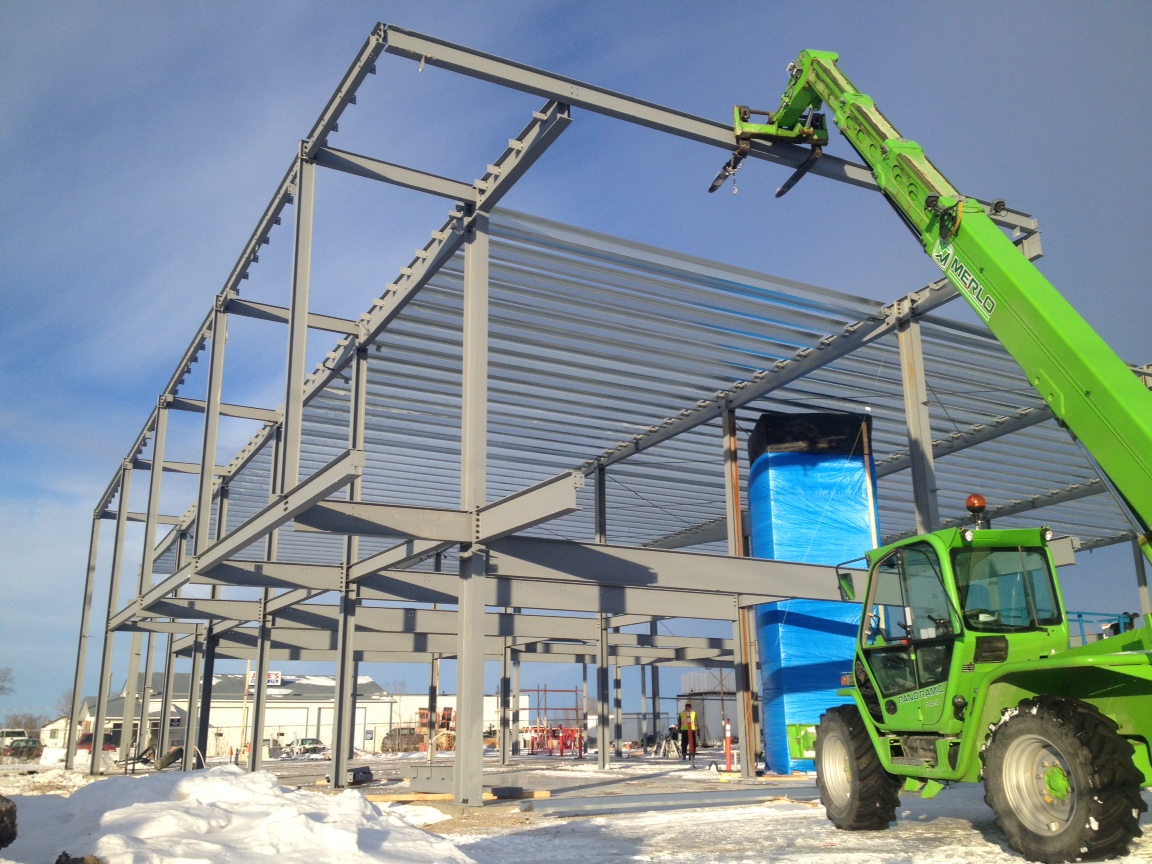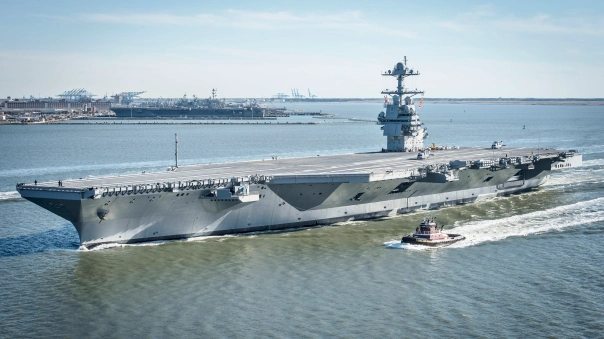Elevator Keys
August 14, 2017
Prefabricated Hoistways
September 5, 2017An MRL Still Needs a Pit

Basis School – Brooklyn, NY; 7-stop MRL .
Everyday at Phoenix Modular we field questions about elevators. Usually they are one-time questions about specific needs based on a certain make or model. We cover everything from wiring to whether a roped or hydraulic is better in a specific application. As we service and manufacture any type of elevator, from a roped MRL at Brooklyn’s Basis School to simple two stop hydraulic elevators, we have become a one stop place to answer tons of questions. However, when we get the same question multiple times, we usually make it the subject of a blog post, like this one on the MRL pit, as it’s likely that there are more people out there with a similar inquiry. So, here is the blog post on a question that we are getting on a near-monthly basis; the conversation often goes something like this…
The Phone Call
Caller: I was doing some research about machine room-less elevators, and thought about maybe getting one installed and I was wondering if it still needed a pit?
PME: Well, we do provide machine room-less elevators (MRLs), but they do need a pit as all commercial quality elevators do. There are components that have to go under everything and just putting the motor at the top does not change the need for a pit.
Caller: Are you sure? Why would you need a pit if everything is at the top of the shaft?
Don’t laugh. Not everyone is an elevator expert and a person’s research can very easily get clouded or sidetracked when they’re trying to find answers in an industry that tries its best to hide what it actually does and the pieces and parts that make an elevator work.
The MRL Pit
Like I said, it is a common question; so, here is everything you have to know about what goes in the pit of an for an MRL or machine room-less elevator.
→ The end of the rails for the car.
→ The end of the rails for the counterweights.
→ Buffer springs to catch the car if it falls or over travels.
→ Buffer springs under the counterweights.
→ A governor sheave that controls the rope brake.
→ A ladder so the technician can descend into the pit.
→ Electrical wiring including a light and outlet for working purposes.
→ Sump pump and plumbing.
Why is there so much confusion? Probably because people are simply unaware that there is so much stuff that goes inside the pit for both safety purposes and to make the elevator work. Also adding to the confusion is that the “pit” doesn’t necessarily have to be underground. If a building has a foundation that is over four feet high, then the pit will be at ground level or even higher.
You Still Need Room
While it is a machine room-LESS elevator, there are still components that need to be included, that would otherwise go in a machine room space. Ergo, there is still a separate area for all of the parts that make the elevator function. In a hydraulic elevator, the machine room contains the controller, the tank for hydraulic fluid, the piping to the jacks and electrical boxes. In a traction elevator, the machine room is above the hoistway and it is where you will find the motors, the gears, controllers, and electric. The machine room-less elevator replaces those components with smaller components, and stores them all at the top of the hoistway. There is still space for the components of the machine room, just as there still needs to be space for the components that go in the pit.
Lastly, many non-commercial elevators, for limited use or home use, do not have the same requirements and some models do not require space below the elevator which can also lead to confusion. However, if you are wanting a commercial quality elevator, a pit is a must.



